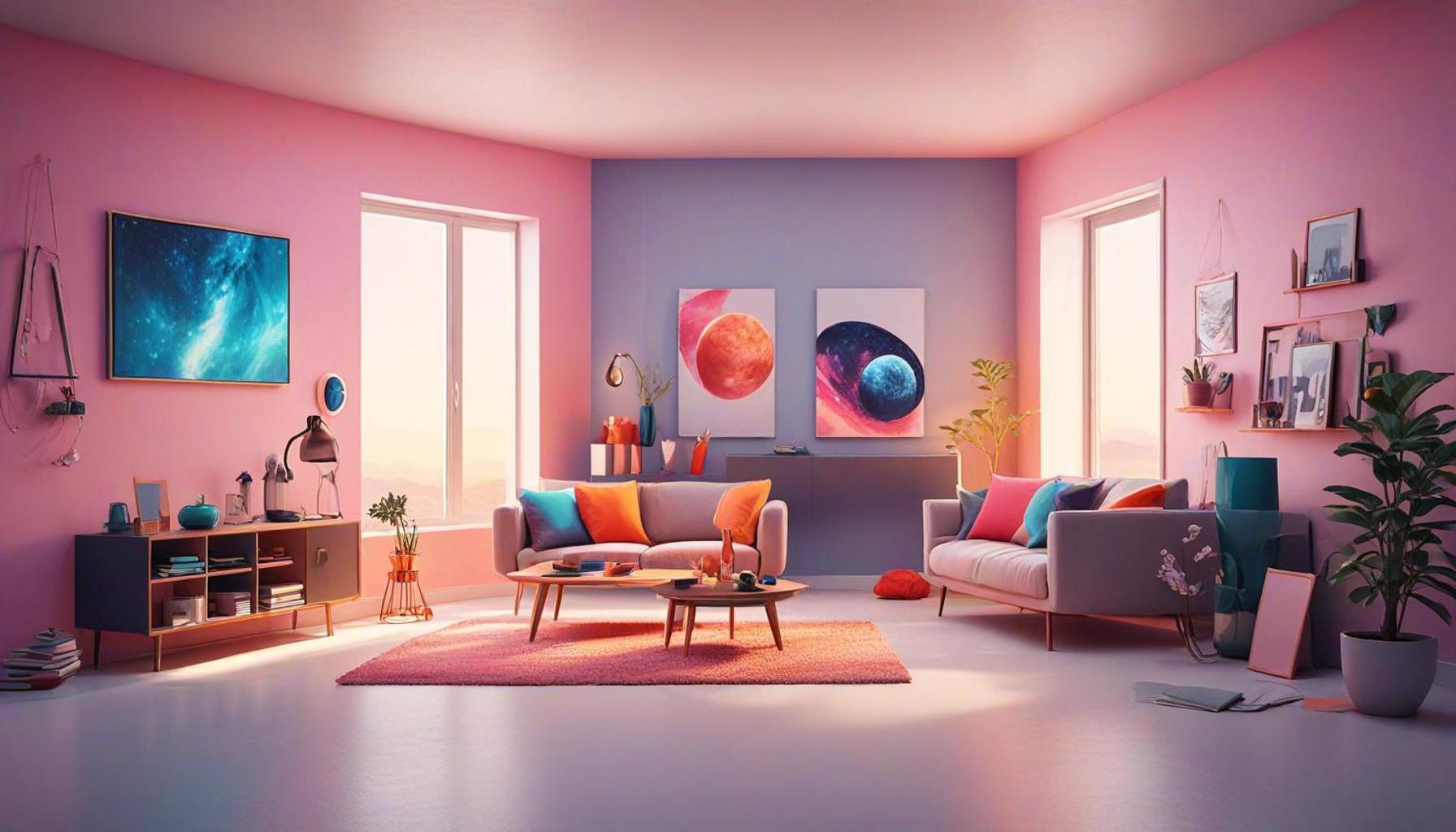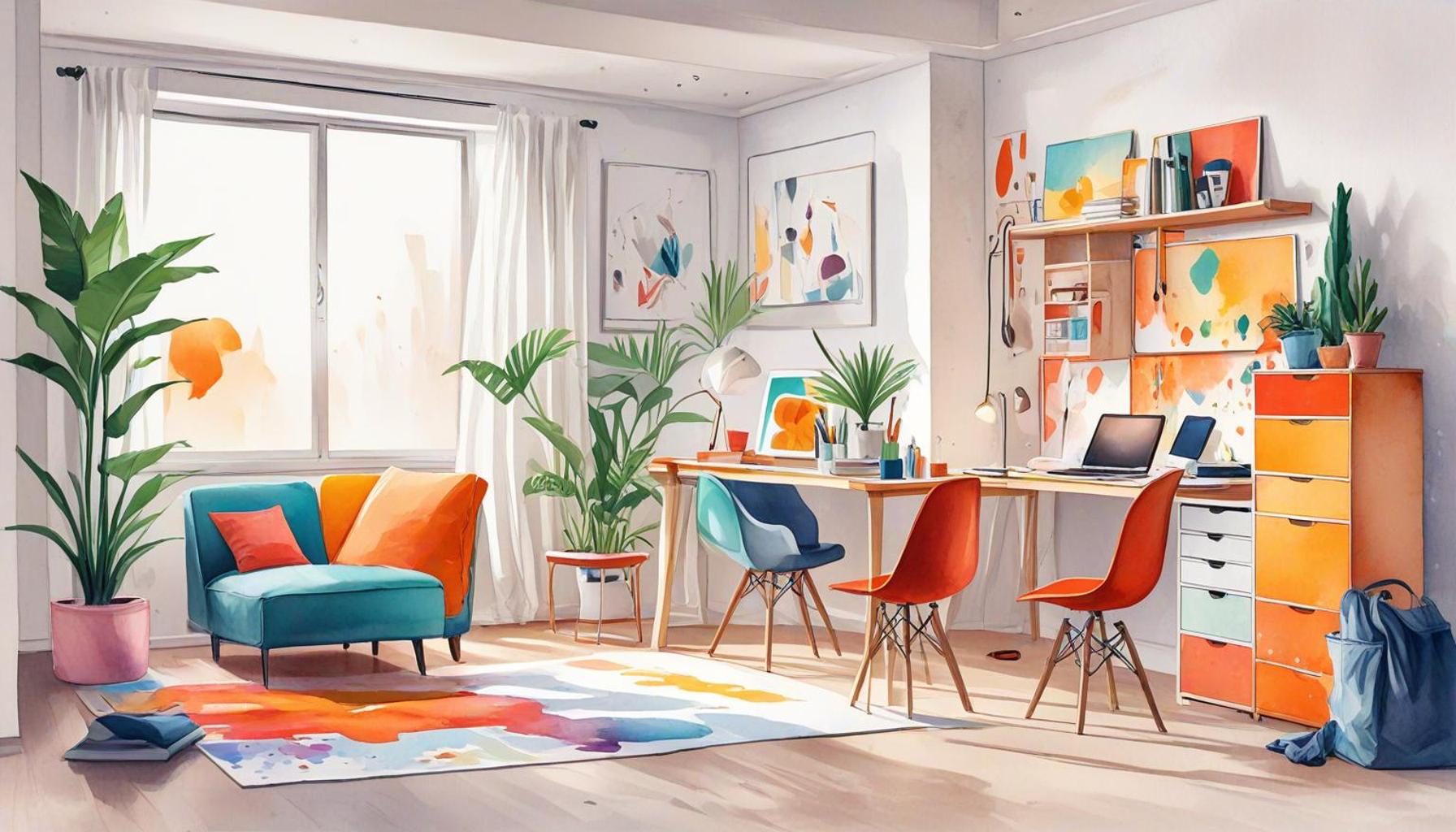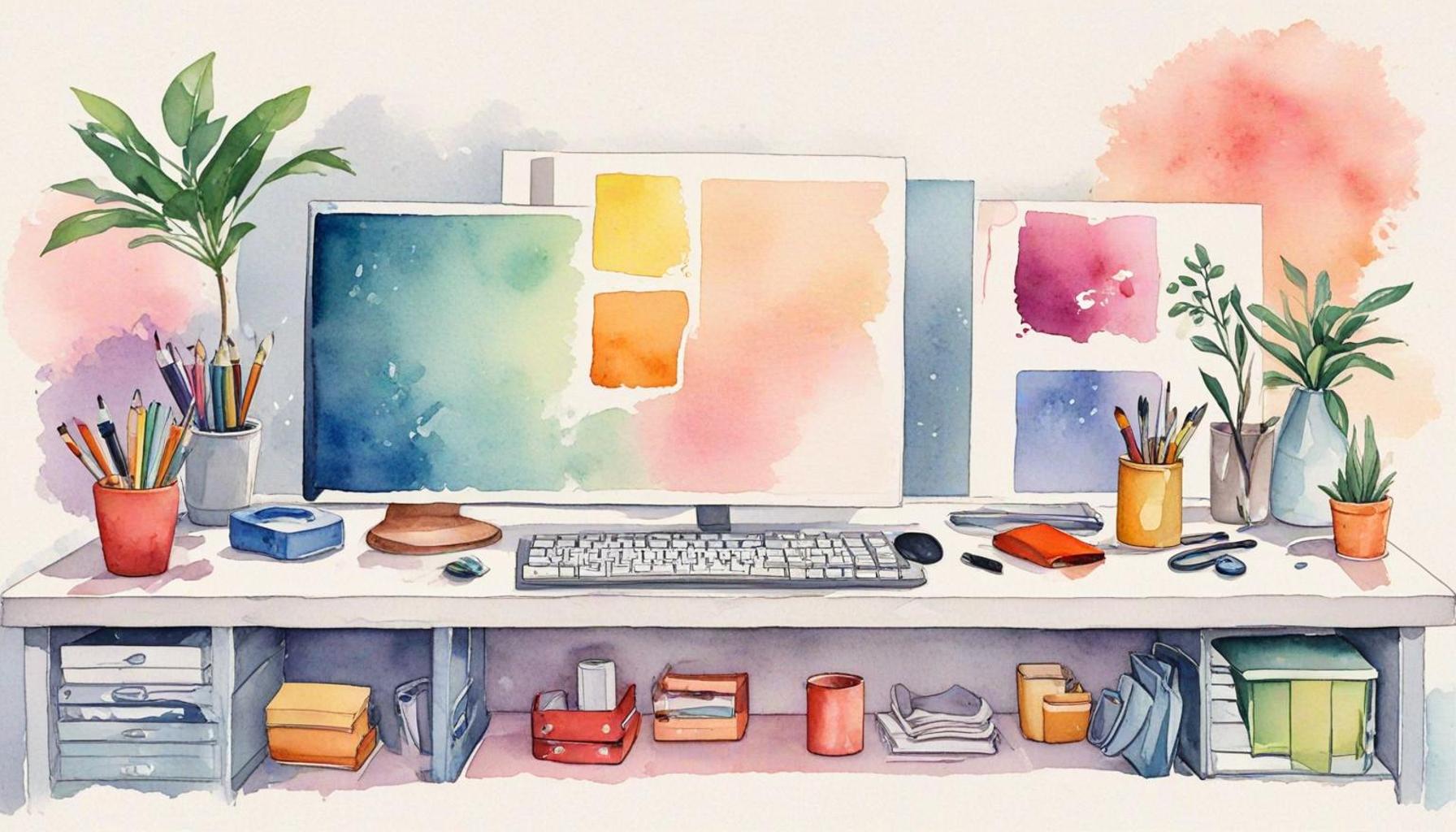Creating Comfort Zones: Organizing Relaxation Spaces in a Minimalist Style
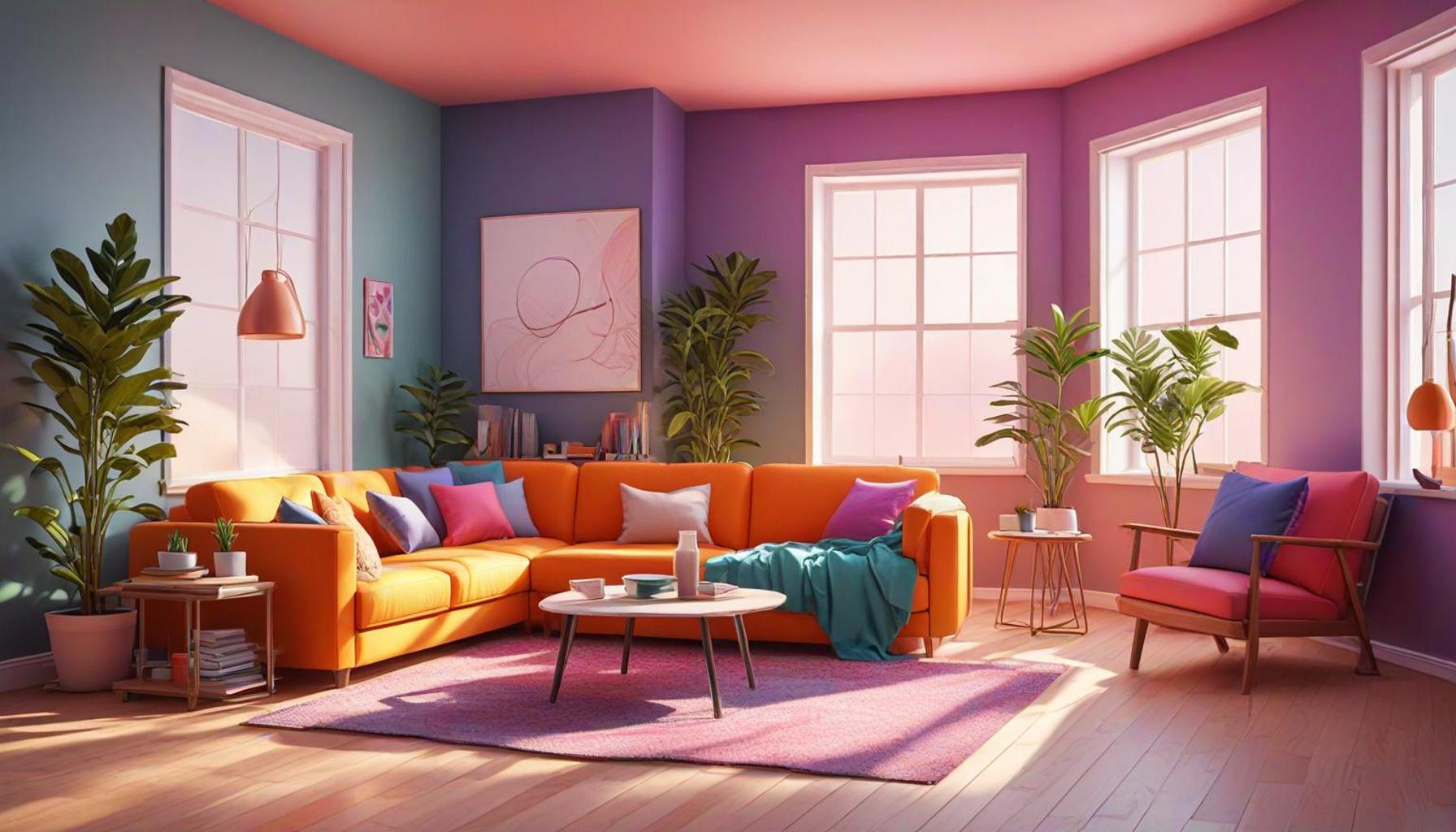
The Importance of a Relaxation Space
In a world where the pace of life often seems relentless, the need for a respite becomes paramount. A carefully designed relaxation space can serve as a much-needed escape from the daily grind, enabling individuals to recenter and invigorate themselves. By adopting a minimalist style, anyone can create an environment that promotes peace and clarity. This design philosophy embraces simplicity and functionality, allowing for a harmonious blend of aesthetics and peace.
Key Features of a Minimalist Relaxation Zone
What exactly makes an ideal relaxation zone? Here, we explore several key elements that contribute to a serene atmosphere:
- Decluttered Design: A minimalist space thrives on the principle that less is more. By removing superfluous items and decorations, you create a feeling of openness and ease. For example, consider the classic Japanese Zen rooms, which feature a few essential pieces like a tatami mat and a low table, invoking a sense of peace with their simplicity.
- Natural Elements: Incorporating elements from nature can significantly enhance the tranquility of your space. Think of adding houseplants, such as snake plants or peace lilies, which not only purify the air but also bring a sense of whimsy to the environment. Use materials like wood or stone for your furniture to create a seamless connection with the outdoors.
- Soothing Colors: The colors you choose can profoundly impact your mood. Opt for a palette dominated by soft, muted tones—think light grays, gentle greens, or soft blues—to create an atmosphere of calm. For instance, a pale blue wall can evoke feelings of sky and serenity, making it an excellent backdrop for your relaxation area.
Transforming Any Space into a Sanctuary
Designing your comfort zone can be a delightful journey that encourages both creativity and mindfulness. The objective is to marry function with beauty, ensuring that your space not only attracts the eye but also soothes the soul. Even small corners of your home can be transformed into sanctuaries; a simple reading nook with a comfortable chair, a soft throw, and good lighting can do wonders for your mental state.
As you navigate the world of minimalist design, reflect on how each choice affects your mental well-being. Effective decision-making regarding furniture placement or decorative elements can elevate your relaxation space from mere functionality to a true haven. This exploration may inspire you to delve deeper into the principles of minimalism, allowing your home to serve as a canvas for your inner peace.
Throughout this article, we will provide practical tips, innovative ideas, and relatable examples to empower you in creating the ultimate relaxation space. With just a few thoughtful adjustments, you can cultivate your personal sanctuary that not only recharges your spirit but serves as a reminder of the tranquility we all crave in our busy lives.
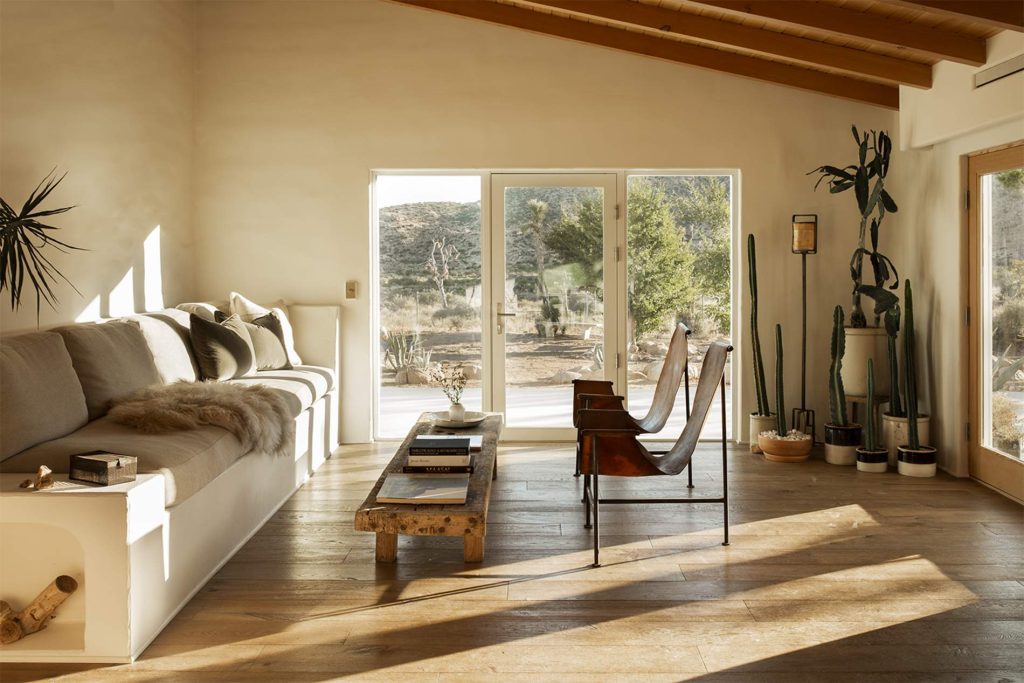
DISCOVER MORE: Click here to dive deeper
Designing Your Minimalist Relaxation Space
Creating a relaxation space that embodies minimalist principles is an inviting yet manageable endeavor. At its core, a minimalist relaxation area should evoke a sense of calmness and control, making it the perfect escape from the chaos of daily life. By thoughtfully arranging your environment, you can boost not only aesthetics but also your overall well-being.
Start by identifying a specific area in your home suitable for this transformation. This could be a corner in your living room, an unused nook in a bedroom, or a compact reading space by a window. The first step is to clear away distractions. This process involves meticulous decluttering—remove items that do not serve a direct purpose or bring you joy. You might discover that sentimental trinkets, while meaningful, often contribute to visual noise. Embrace the idea that creating space can free your mind and allow for improved focus and relaxation.
Essential Elements for Minimalist Design
To further enhance your relaxation zone, consider incorporating these essential elements:
- Functional Furniture: Invest in furniture that is not only stylish but also multi-functional. A compact armchair with hidden storage or a side table that doubles as a bookshelf can help maintain your space’s minimalism while providing practicality. Choose pieces that retain simplicity in design, avoiding unnecessary embellishments.
- Textile Choices: Soft textiles play an essential role in inviting comfort into your minimalist retreat. Opt for woven rugs, organic cotton throws, or linen cushions in neutral shades. These textiles add warmth without overwhelming the space, providing a soothing touch that balances the starkness of minimalism.
- Intentional Lighting: Proper lighting is crucial in any relaxation space. Avoid harsh fluorescent lights; instead, aim for soft, diffused illumination. Consider incorporating lamps with warm bulbs or even candles for a gentle glow that signals your body to unwind. A combination of natural light during the day and soft artificial light at night will create a welcoming ambiance.
As you define your minimalist relaxation area, remember that each element should carry significance or contribute to your comfort. Engage in the process of selecting furnishings, colors, and decor as a form of self-exploration, reflecting your preferences and needs.
The path to a minimalist relaxation space is also a journey toward greater mindfulness. Allow yourself the freedom to evolve your space over time; what resonates with you today may change in the future. By staying open to new ideas and flexible in your approach, you can curate a sanctuary that nurtures both the body and the mind. In the subsequent sections of this article, we will delve deeper into creating a harmonious balance through thoughtful selections that support a peaceful and rejuvenating environment.
Creating Comfort Zones: Organizing Relaxation Spaces in a Minimalist Style
In a world filled with distractions and clutter, creating a comfort zone in our homes has become essential. Minimalism is not just about reducing the number of items we own; it’s about intentionally curating a space that promotes tranquility and relaxation. By organizing relaxation spaces with minimalistic principles, we can foster an environment that enhances our well-being and rejuvenates our minds. This section delves deeper into the practical aspects of minimalistic organization, showcasing its impact on mental health and overall lifestyle.
| Category 1 | Category 2 |
|---|---|
| Aesthetics | Simplistic beauty promotes relaxation. |
| Functionality | Every item has a purpose, reducing stress from clutter. |
The minimalist aesthetic contributes significantly to the emotional well-being of individuals. A clean and serene environment allows for clearer thought processes, paving the way for creativity and mindfulness. Moreover, functionality in minimalism saves time and energy spent on managing belongings, ultimately promoting a more serene lifestyle. As you consider implementing minimalistic organization methods in your relaxation spaces, remember that the right approach can provide profound psychological benefits, enriching your daily interactions with the space.
Establishing focus areas within a room can create small sanctuaries for different activities, whether reading, meditating, or enjoying a cup of tea. Simple yet effective decor, combined with natural elements, enhances these spaces. Plants, natural materials, and soft lighting are excellent choices that add life without overwhelming the senses. These approaches not only aid in creating a sense of comfort but also encourage a deeper connection with oneself—an essential component in our swiftly moving world. Exploring these concepts will help you master the art of creating comfort zones that nourish your spirit.
DISCOVER MORE: Click here to learn about visual organization
Enhancing Your Relaxation Experience
With a solid foundation in place for your minimalist relaxation space, it’s time to elevate the experience through sensory enhancements and intentional decor. The beauty of minimalism lies in simplicity itself, allowing you to create a serene atmosphere that encourages unwinding and introspection. By fine-tuning the details, you can tailor your respite to suit your personal tastes and preferences.
Incorporating Nature
One of the most effective strategies for cultivating a relaxing environment is to bring the outdoors inside. Connecting with nature has been shown to reduce stress and boost overall well-being. Consider introducing houseplants that are easy to care for, such as snake plants or peace lilies, which not only purify the air but also add a touch of vibrant life to your space. The simple act of tending to plants can provide a therapeutic respite from the busyness of life.
Another way to harness the calming power of nature is by incorporating natural elements like wood, stone, or bamboo. A wooden bench, a stone accent piece, or a bamboo mat can introduce textures that remind you of the outdoors. These materials resonate harmony and balance, reinforcing the minimalism philosophy of letting the beauty of nature shine.
Personal Touches that Inspire Calm
While minimalism champions a lack of clutter, a few carefully chosen decor items can enhance your relaxation space without compromising the aesthetic. Select artwork or photographs that evoke serenity and joy. Visuals of tranquil landscapes, abstract designs in soothing colors, or even personal moments captured at peaceful times can create emotional connections that enhance relaxation. Limit your choices to one or two items, keeping in mind the principle of ‘less is more’ to avoid overwhelming the senses.
Moreover, an essential aspect of a minimalist retreat is the absence of unnecessary items. However, you may find it beneficial to incorporate a few sensory tools, like essential oil diffusers or sound systems that play nature sounds or calming music. Opt for scents known for their relaxing properties, such as lavender or chamomile, to create a fragrant ambience that fosters a sense of calm and tranquility.
The Role of Organization in Minimalism
Effective organization plays a pivotal role in ensuring your relaxation area remains a refuge from daily stressors. Utilize clever storage solutions, like decorative baskets or multi-functional shelving, to keep materials organized while maintaining a clean aesthetic. Each item in your space should serve a purpose or contribute to your overall comfort—this includes books, blankets, and even throw pillows.
As you curate your relaxation space, consider creating zones that cater to different aspects of relaxation. For example, if you enjoy reading, establish a small library nook with a comfy chair, a good light source, and a well-organized bookshelf. If you prefer meditation or yoga, a dedicated open area with a simple mat and small altar can help foster that practice. Personalizing these zones ensures that they cater to your specific relaxation needs, enhancing your overall experience.
Finally, embracing a minimalist style is not merely about physical space; it’s also about creating mental space. Set aside time regularly to reflect on the items within your relaxation area. Each review will lead to a deeper understanding of what you truly need to maintain a calm and inviting environment, allowing you to focus on the essentials that bring you joy and peace.
DIVE DEEPER: Click here for more tips on creating efficient spaces
Conclusion
In an increasingly busy world, creating a comfort zone within your home can serve as a vital refuge for relaxation and rejuvenation. By organizing your relaxation spaces in a minimalist style, you not only foster a calming environment but also reinforce a mindful approach to living. The key lies in the principle of simplicity—selecting meaningful items, incorporating nature, and strategically designing zones dedicated to various forms of relaxation set the foundation for an effective sanctuary.
The deliberate use of natural elements, such as plants and organic materials, enlivens your space while promoting a sense of tranquility and connection to the outside world. Personal touches, whether through art or scents, enhance the atmosphere without cluttering the aesthetic. Additionally, effective organization ensures that your relaxation area remains approachable and purposeful, facilitating a continual state of calm.
Ultimately, the process of organizing your relaxation space transcends physical decoration—it is also an exercise in mental clarity. Regularly reassessing what resides in your sanctuary prompts a deeper understanding of what truly contributes to your well-being. As you embrace minimalism, remember that every corner of your home can be tailored to nurture peace and inspire comfort, transforming a simple space into an essential haven for self-care.
As you embark on this journey towards a more serene lifestyle, consider how your daily choices can pave the way for a sustained sense of calm. By cultivating a minimalist approach to your relaxation zones, you may discover renewed pathways to joy and fulfillment.
